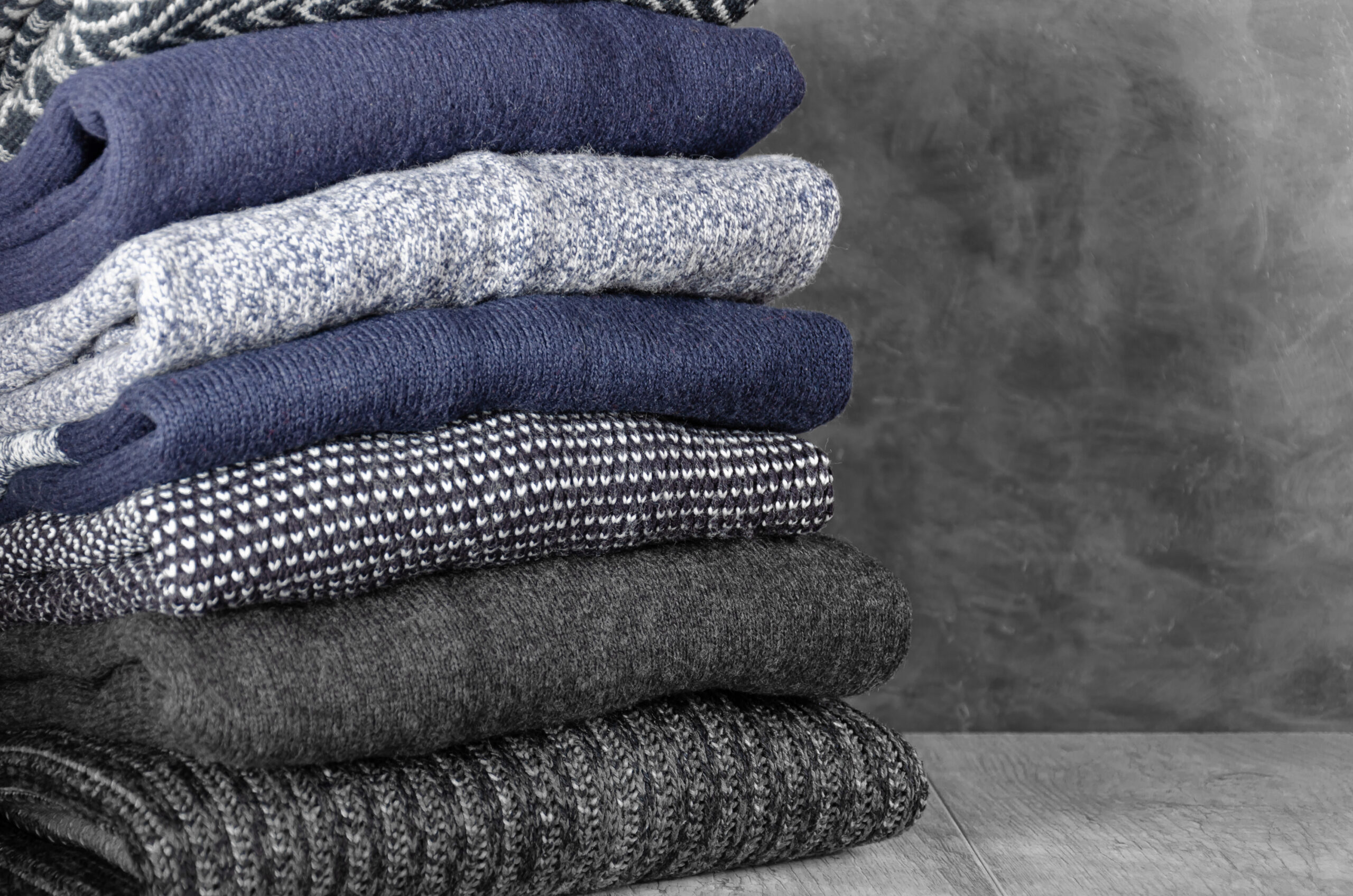Contributed by Biplab Ghosh, Dayal Mehra, and Suchorita Ghosh
There is a myth prevailing all around that synthetic fibres are toxic. In case of acrylic, polymerization of monomers Acrylonitrile and Vinyl Acetate or Methyl Acrylate makes the polymer Polyacrylonitrile (PAN fibre – chemical name of Acrylic Fibre). These chemicals, like so many other chemicals that are used in the manufacture of various products, are indeed, toxic.
The building blocks of acrylic fiber are called monomers (Acrylonitrile, Vinyl Acetate or Methyl Acrylate etc.) which have small molecular size. Due to small molecular size, it is easier for them to ingress the living cell and affect its normal functioning. However, once these small monomers are added together and a long chain of molecules called Polymer is formed (normally > 1K molecules) by a process called polymerization, it cannot ingress the living cell because of its macro structure; thus the possibility of toxicity of the acrylic fiber made from this long chain polymer is ruled out.
Therefore, the toxicity levels of the monomers have nothing to do with the toxicity of the polymer made by using them. This is not carcinogenic as has been proved long time ago by the U.S. Consumer Product Safety Commission in 1978. https://ntp.niehs.nih.gov/ntp/roc/content/profiles/acrylonitrile.pdf
It is like saying that since NPK fertilizer, which is also proven toxic for humans and used in cotton production, so we should avoid clothing made of cotton.
Acrylic fibers manufactured by various companies including TAF are Oeko-Tex Class I certified. Oeko Tex certification is given to the products that are tested to be free from hazardous chemicals and are therefore deemed safe. There are different categories and it comes under category 1, that is even safe for babies and children.
There have been so many concerns over the working conditions of workers in plants where acrylic fiber is manufactured, especially due to proximity to acrylonitrile vapor, which is considered hazardous for human exposure. However, like so many modern plants, acrylic fiber plants also operate under the most stringent safety measures, using a vapor absorption tower to mitigate this issue. In TAF’s plant at Saraburi in Thailand, for example, the entry inside the monomer storage premises is strictly restricted. The Monomer storage tank in our plant has nitrogen blanketing, Monomer gas detectors, auto control of product temperature below 25 degrees and a robust fire-fighting infrastructure inside the storage area. Mandatory PPE use and health monitoring of specially trained professionals working near Monomer storage area are regularly undertaken.
There are also myths regarding the solvent used in manufacturing of acrylic fiber. Organic solvents have shown harmful effects; however the residual trace of these solvents is insignificant enough to have any cause of concern for consumer. Some companies like TAF using inorganic solvents of Sodium Thiocyanate (instead of organic solvents) is considered environment friendly, in addition does not emit volatiles in environment, as well as non-flammable and safe in handling.


